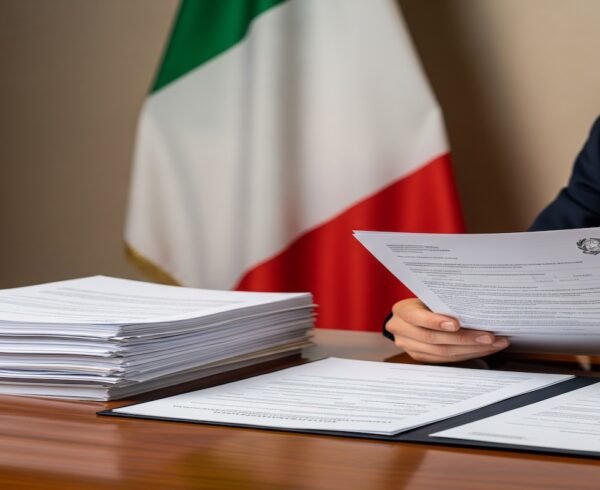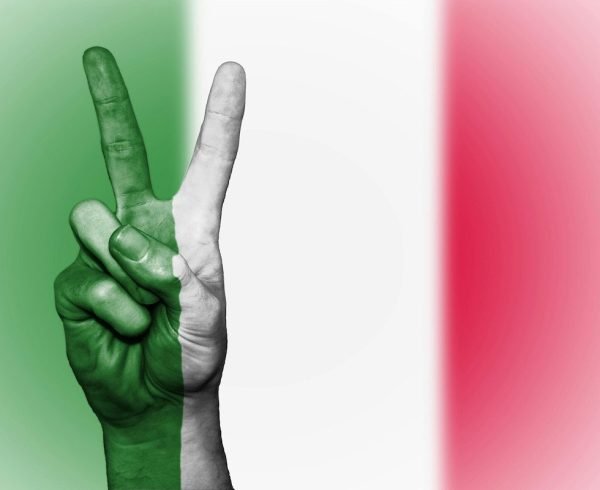The new European patent and the Unified Patent Court have been discussed for almost twenty years but it is not yet the time for its implementation, even if it has already been scheduled for last November. In fact, despite two implementing decrees of the Italian Government for the establishment of the European patent with unitary effect, an appeal to the Federal Constitutional Court prevents Germany from ratifying the EU Agreement and the EU Regulation 2017/1001 on the Unified Patent Court. One of the headquarters will be located in Italy, in Milan, replacing the London one due to Brexit case.
Unified patent court agreement. The new protection of industrial property
The Unified Patent Court is the supranational Court, established to have jurisdiction over unitary patents and European patents. It is the legal body that serves to settle disputes over the ownership of patents in the EU. It was established after the start of the procedures for the recognition of the Unified EU Patent.
With the two decrees of November 2018, the Government implemented EU Regulation 2017/1001 which for all valid EU patents provides:
- the abolition of the requirement for graphical representation of the trademark. Trademarks can be deposited with formats not previously admitted. However, it remains an essential condition that the representation of the trademark allows the Italian Patent and Trademark Office and the public to identify the object of the requested protection;
- that trademarks cannot be registered on the basis of the form of the product, the characteristics deriving from the nature of the product, those necessary to obtain a specific technical result of the product or the value of the product;
- the introduction of certification marks, in addition to collective marks;
- the absolute prohibition on the registration of trademarks in the case of: conflict with the protected designations of origin and protected geographical indications (PDO / PGI) – regardless of the type of product: wines, alcoholic beverages, agricultural products and foodstuffs, etc.; conflict with traditional protected terms relating to wines or with traditional specialties guaranteed (TSG) or with denominations of plant varieties, as protected by EU legislation or by international agreements, to which the EU is a signatory;
- the procedure for opposing the registration of a new trademark application is extended to cases in which the opponent’s trademark enjoys renown, or it is a well-known trademark pursuant to Article 6 bis of the Paris Convention, or it is a trademark which consists of a designation of origin or geographical indication;
- the exclusive right of the owner of the trademark is also extended to the affixing of the trademark on packaging, labels, means of authentication or similar objects and devices, as well as the offer for sale or import or export of the same, if there is a risk that may be used in violation of the rights of the trademark owner;
- the application of customs procedures for the seizure of counterfeit goods in transit, if the holder of the goods does not provides evidence that the EU trademark owner is not entitled to prohibit the placing of the goods on the market of the country of final destination.
- the possibility of starting procedures before the Italian Patent and Trademark Office for the nullity or cancellation of trademark registrations. However, the procedure will be final only after the approval of another decree within the deadline set by the directive of 14 January 2023;
- the recognition of the common jurisdiction for all participating EU countries with exclusive jurisdiction over the actions of: infringement, counterfeiting, revocation, verification of invalidity, ascertainment of non-infringement of European patents, with or without unitary effect; on interim and interim protective measures; on counterclaims; on damages actions, also in relation to complementary protection certificates (CPC) issued on the basis of a European patent;
- the introduction of unitary patent protection in the Industrial Property Code for each EU Member State that has signed the rules for the unitary European patent.
Implementation of the Unified Patent Court and implementation difficulties in the EU
The effect of Brexit case affectes the implementation of the unified patent court. In fact, it is not yet known whether the United Kingdom will leave the European Union and whether the affair will also involve the ratification of the agreement on the new law for the unitary European patent.
How the Unified Patent Court Tribunal works
The UPC Unified Patent Court will be based in Paris, Milan and Monaco, with an Appeal court in Luxembourg, local courts for each country, and a unitary patent register. The court is connected to a website. On the website it will be possible to upload the memories, the testimonials, the documents. A menu will guide the legal advisor in the procedures to appeal.
The agreement simplifies the procedures for the recognition of a unitary patent in EU countries
With the establishment of the Unified Patent Court and the amendments to the Code for the protection of industrial property, the procedures for the recognition of one’s idea in all EU countries are simplified. The old procedure, still in force, requires a person to file a patent according to the rules established in each EU country.
The new procedure, on the other hand, allows patent protection to be obtained in each state that has ratified the agreement by referring to common rules. A remarkable simplification for the market. The Unified Patent Court will have jurisdiction over both the Patents issued by the European Patent Office (EPO) and the new European Patents with unitary effect.
Structure of the Unified Patent Court
The Unified Patent Court will include the Registry, the Court of First Instance and the Appeal Court. The Court of First Instance will in turn be divided into central, local and regional divisions. The central divisions will be based in Paris, Milan (instead of London) and Munich. The disputes related to chemistry and biological sciences (codes A and C of the international patent classification – International Patent Classification, IPC) will fall under the jurisdiction of the central division of Milan. In Munich the cases relating to mechanical engineering (class F of the IPC) will be discussed and all other cases will fall under the jurisdiction of the central division of Paris.
The Court of Appeal will be seat in Luxembourg, while each of the 25 states that have joined the agreement for the establishment of the Unified Patent Court will have a local division.
The patent system in Europe
It is specified that the legal regimes for the protection of the patent system in European territory are 3:
- The conventional European patent (EPO) which will also fall under the jurisdiction of the UPC
- The unitary patent, foreseen by the EU Regulation 2017/1001
- The unitary hybrid patent validated by 38 European countries: 25 European Union countries and in addition Croatia, Spain, Albania, Iceland, Liechtenstein, Monaco, Norway, Switzerland, Turkey, San Marino, Macedonia, Serbia. The choice of one of the 3 different types of patent in Europe depends on the way in which a company wants to build its patent portfolio, and on the way in which it wishes to be legally and territorially protected.
The choice of language in the system of the new European patent
In the Local and Regional divisions of the Unified Patent Court, the holder of the patent to be filed may choose one of the available official languages, which are:
French, German, English, Dutch, Finnish, Swedish, Danish, Italian. In the Central Divisions, the language used for the dispute will be that of the patent filed.
















